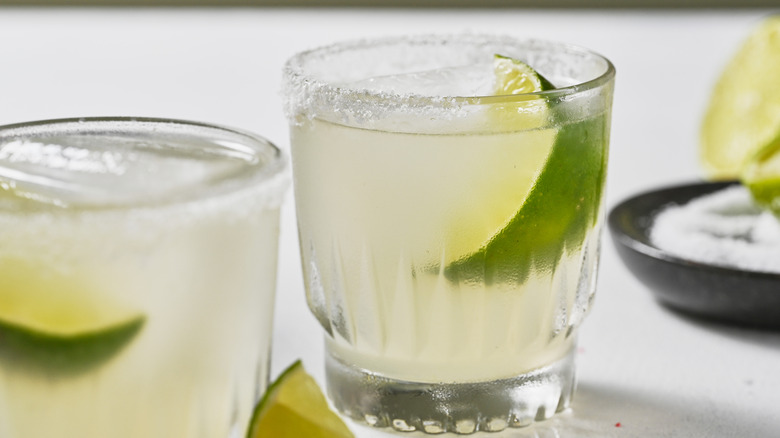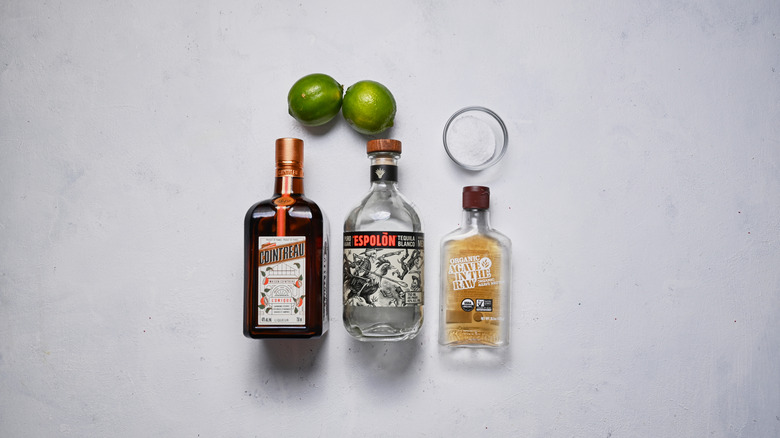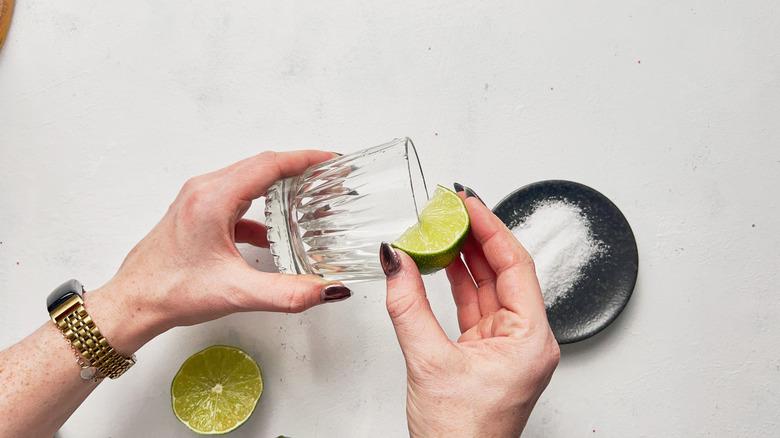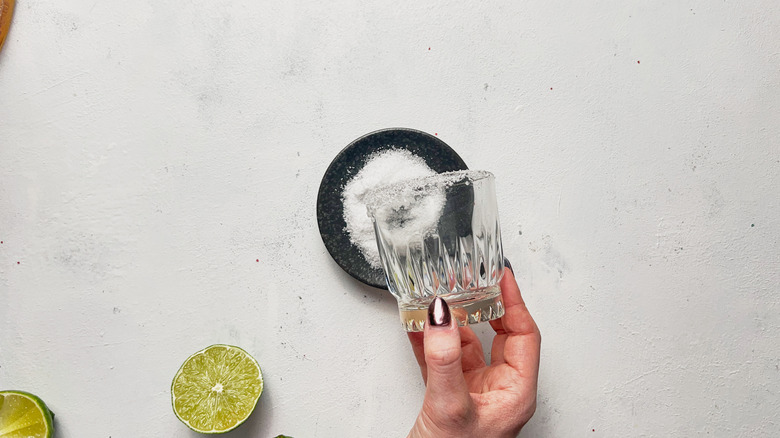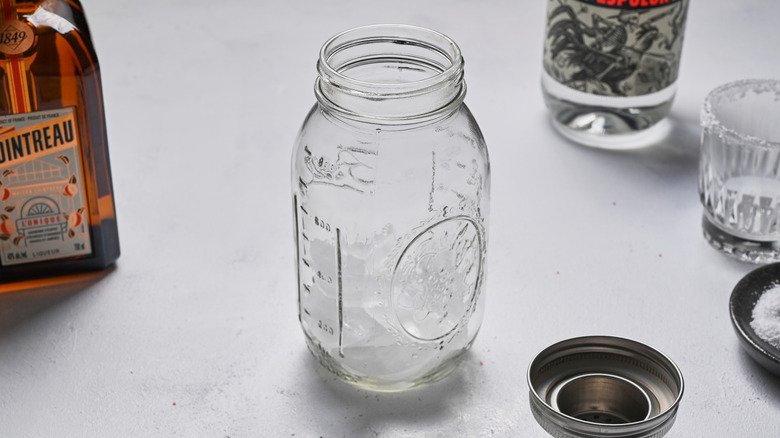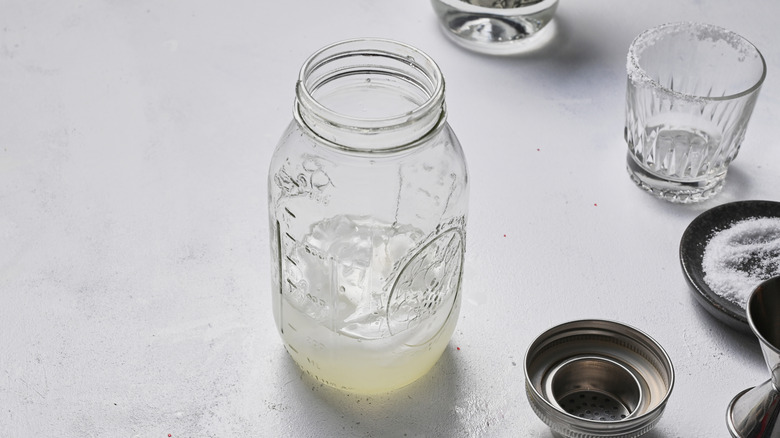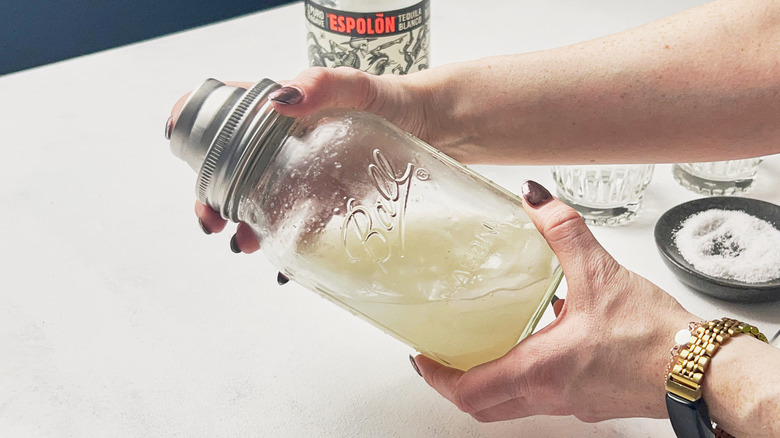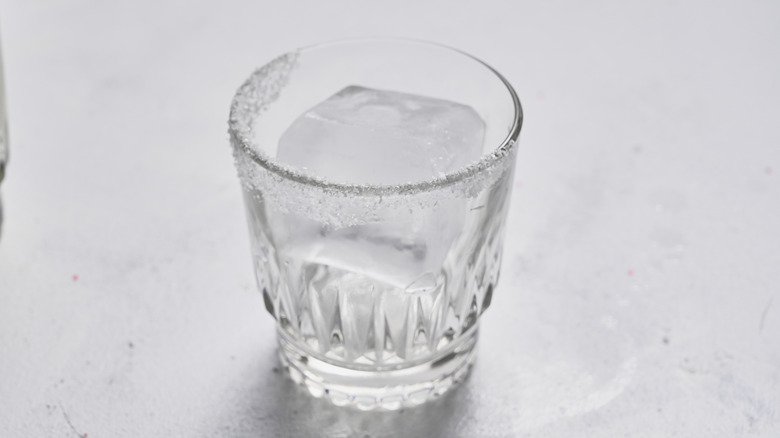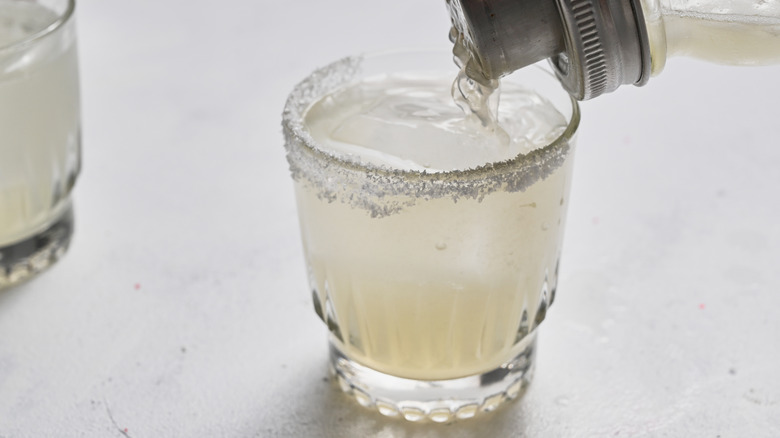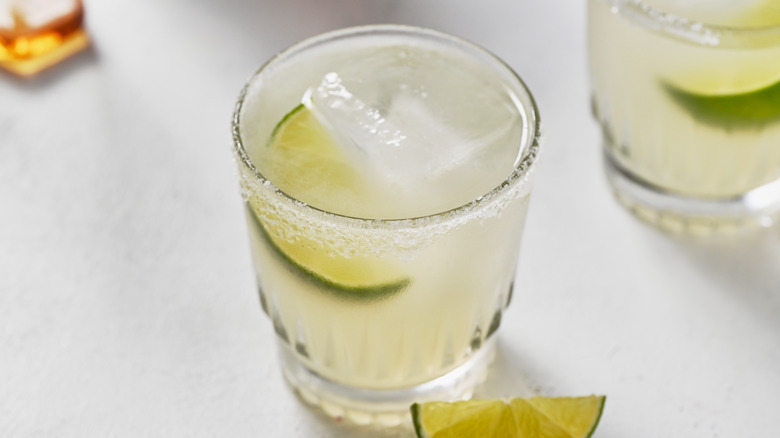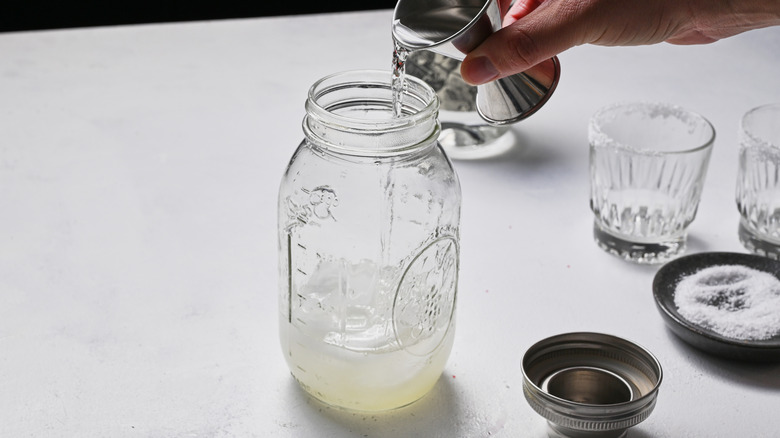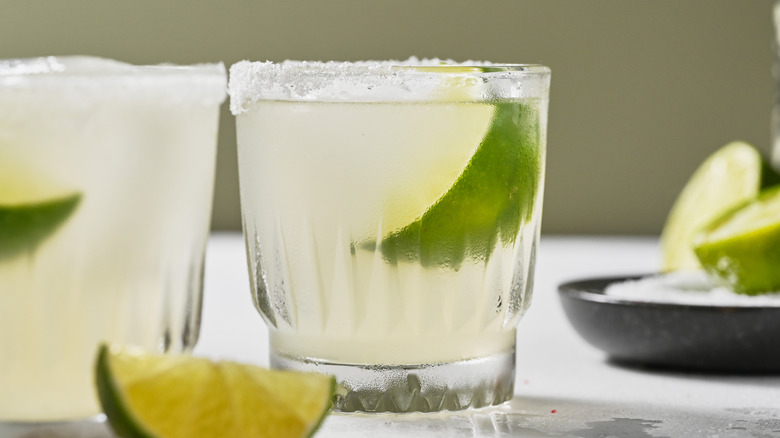The Perfect Margarita Recipe
The margarita, for many of us, is the first cocktail we remember enjoying. We don't mean the pre-mixed, sugary-sweet concoctions of our college days, either. At some point in time, we were served a real margarita and never looked back.
Margaritas are so much more than a sugary sour mix. They begin with good tequila, which has a smooth taste and sweet composition. They're made exclusively with fresh limes, which are uniquely sour in a way that can't be bottled. They have just a splash of citrusy orange liqueur, and then are finished with just a touch of sweetener, which we insist must be agave. The perfect margarita showcases the wonders of the agave plant and the freshness of citrus fruits found in Mexico, where the margarita was very likely to have originated. Tequila, the base spirit in margaritas, was invented in Mexico centuries ago using the sap of the agave plant.
Most original margarita recipes don't include sweeteners at all, relying instead on the fresh sour taste of lime juice. For the perfect margarita, though, developer Michelle McGlinn insists on just a swirl of agave to compliment the agave-based spirit in the drink. To craft your own perfect margarita, read on below — and toss out that sour mix.
Gathering the ingredients for the perfect margarita
While the ingredients in a margarita are specific, they shouldn't be overthought. Grab your favorite white tequila, some salt, and a few limes. Get a bottle of Triple Sec — you can make a fine margarita with any bottle labeled Triple Sec, but we recommend splurging on a bottle of Cointreau for an especially good cocktail. The last ingredient you'll need is agave. If you're in a pinch, honey or simple syrup will work well, but we highly recommend seeking out agave, which is just the right amount of sweet.
Step 1: Rim the glass with lime juice
Gently swipe the lime wedge across half of the rim of the serving glass.
Step 2: Roll in salt
Add salt to a plate. Roll the lime-coated half of the glass in the salt.
Step 3: Fill a shaker with ice
Fill a cocktail shaker with ice.
Step 4: Add the spirits and lime
Add all ingredients but the salt and lime wedge to the shaker.
Step 5: Shake
Cover and shake vigorously until frothy, about 20 seconds.
Step 6: Add an ice cube to a serving glass
Add a large ice cube to the serving glass.
Step 7: Strain
Strain the margarita over ice.
Step 8: Serve
Serve with lime wedge.
What can I use for margaritas if I don't have a cocktail shaker?
As we mentioned before, margaritas tend to be one of the first "real" cocktails people make (probably because tacos aren't the same without them). Because of that, you may not have acquired a cocktail shaker just yet. Theoretically, you could dump the ingredients in a glass and stir, but you'd be missing out on a major part of a margarita: the mouthfeel. The reason cocktails are shaken is because the ice aerates the liquor, giving it a light and airy texture. That is why, when shaken vigorously, the margarita will become frothy with bubbles. If you stir instead of shake, the margarita will feel dense and taste a little flat.
If you don't have a true cocktail shaker, don't worry. The easiest way to replicate a shaker is to use two cups from your pantry. Add the ice and ingredients to one cup (preferably a glass), then stack another similarly sized glass on top. Voila: A Boston shaker. An easier — and maybe cleaner — way to shake a margarita is to add all the ingredients to a mason jar, seal the lid, and shake away. To strain, simply use the lid to create a small opening for the frothy spirits to run through.
How do I make margaritas in a pitcher?
You've probably, at some point, gone to a restaurant for chips, guac, and margaritas. Inevitably, you decided a pitcher of margaritas would serve your group better than a few individuals, and in a way, you were probably right. It's easy enough to prepare a batch of margaritas at home, too, simply by multiplying the ingredients by the amount of servings you'd like to prepare. For 4 people, make a pitcher of 8 servings by multiplying the recipe by 8: 8 limes, 2 cups of tequila, 1 cup of Cointreau, and roughly ½ cup agave. Have some extra limes on hand to adjust the strength to taste, combine all the ingredients in a pitcher with ice, and stir. If you don't include the ice, the margaritas won't be diluted as they would be with shaking, so you'll have very strong margs.
Margaritas at most restaurants tend to be served with plenty of ice, but traditionally, margaritas are sours that are served up. That's why you'll see margaritas served in the funky-shaped stemmed glasses. You can serve your pitcher margaritas in these since they'll be properly (and maybe overly) diluted with ice, or you can opt for a single cube in a rocks glass for another traditional way to enjoy your margaritas.
The Perfect Margarita Recipe
In this margarita recipe, we toss out the sour mix for fresh lime and add a swirl of agave to compliment the agave-based spirit in the drink.
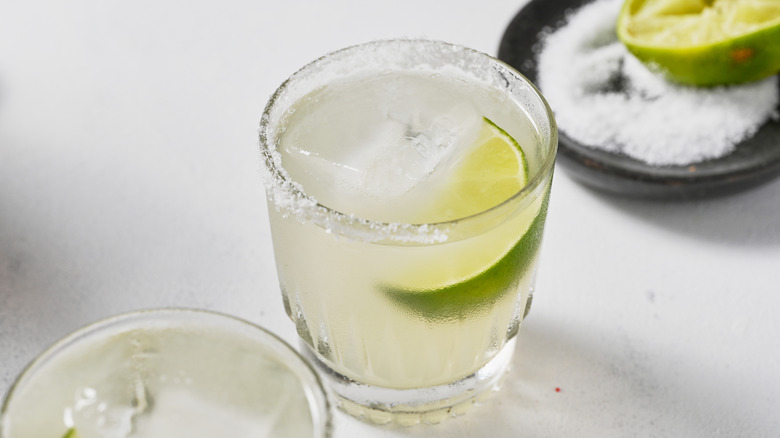
Ingredients
- Lime wedge, for rimming and serving
- Salt, for rimming the glass
- Juice from 1 lime
- 2 ounces tequila
- 1 ounce Cointreau
- ½ ounce agave
Directions
- Gently swipe the lime wedge across half of the rim of the serving glass.
- Add salt to a plate. Roll the lime-coated half of the glass in the salt.
- Fill a cocktail shaker with ice.
- Add all ingredients but the salt and lime wedge to the shaker.
- Cover and shake vigorously until frothy, about 20 seconds.
- Add a large ice cube to the serving glass.
- Strain the margarita over ice.
- Serve with lime wedge.
Nutrition
| Calories per Serving | 259 |
| Total Fat | 0.2 g |
| Saturated Fat | 0.0 g |
| Trans Fat | 0.0 g |
| Cholesterol | 0.0 mg |
| Total Carbohydrates | 18.7 g |
| Dietary Fiber | 2.8 g |
| Total Sugars | 11.3 g |
| Sodium | 406.0 mg |
| Protein | 0.5 g |
